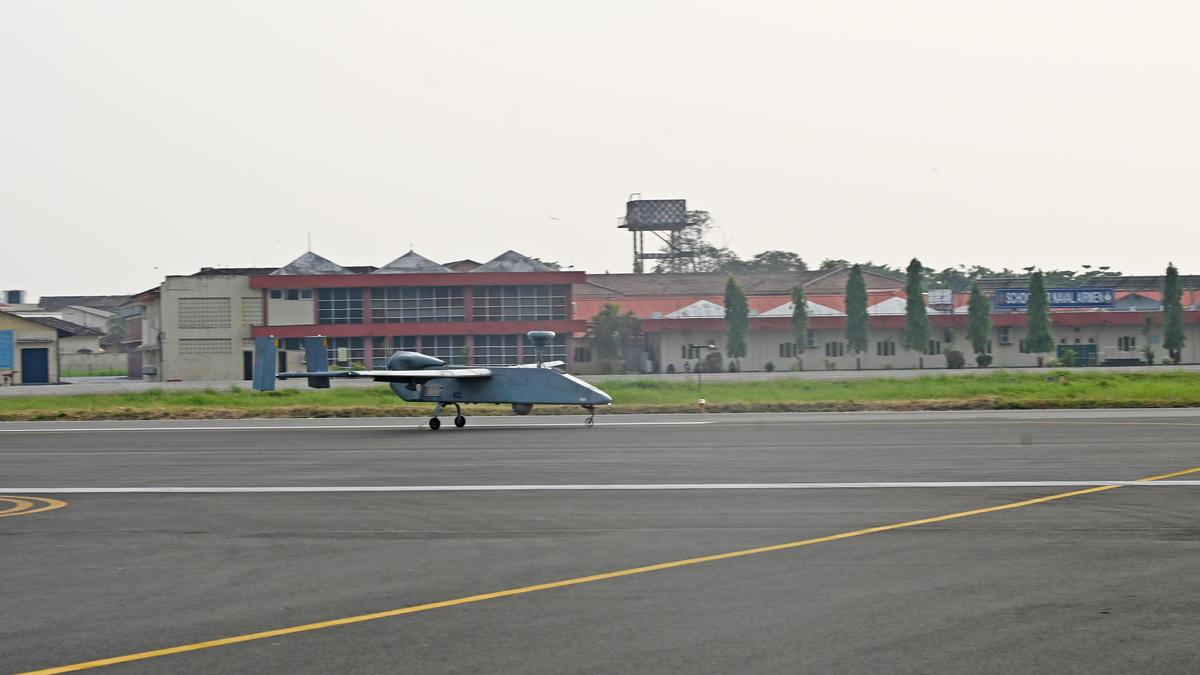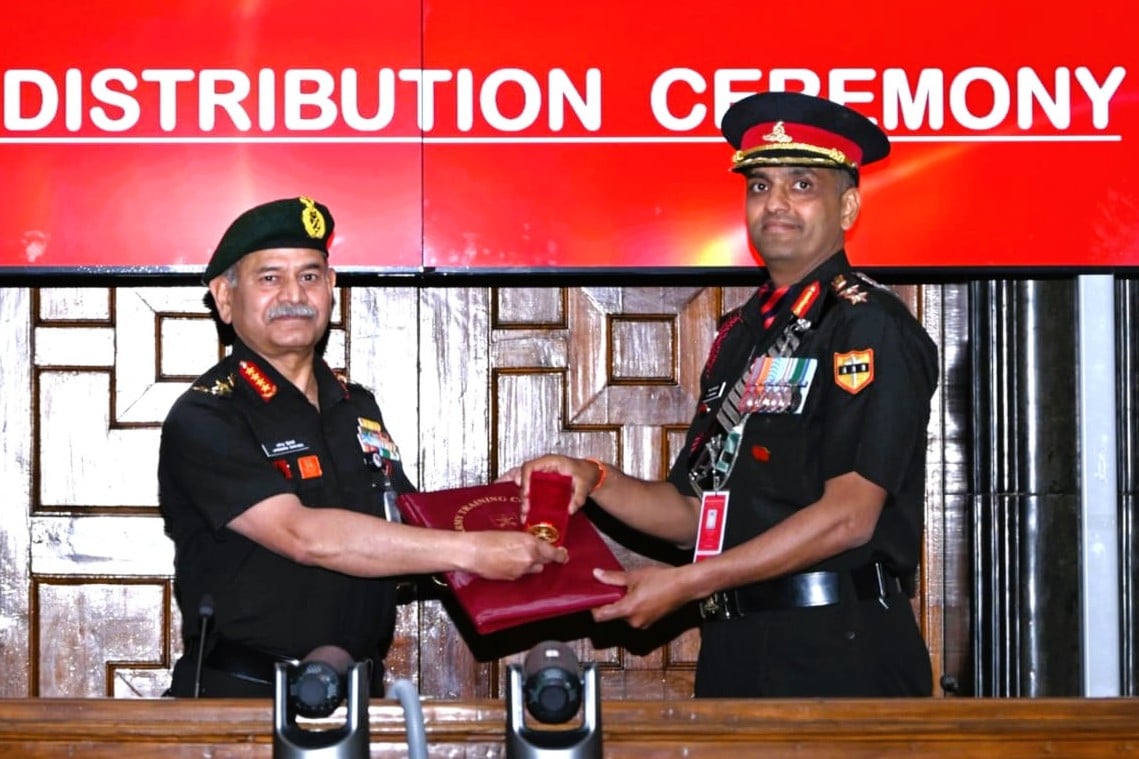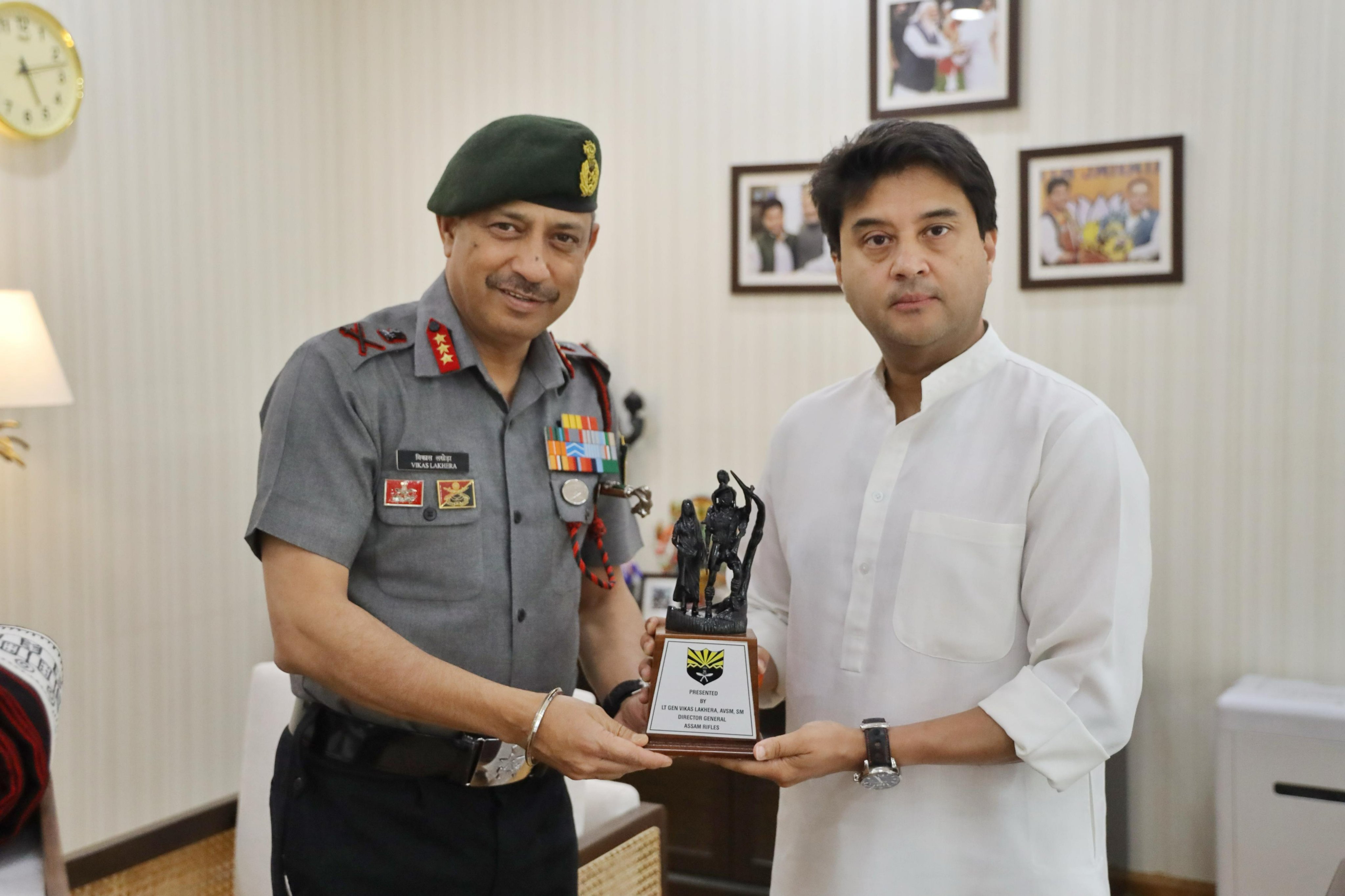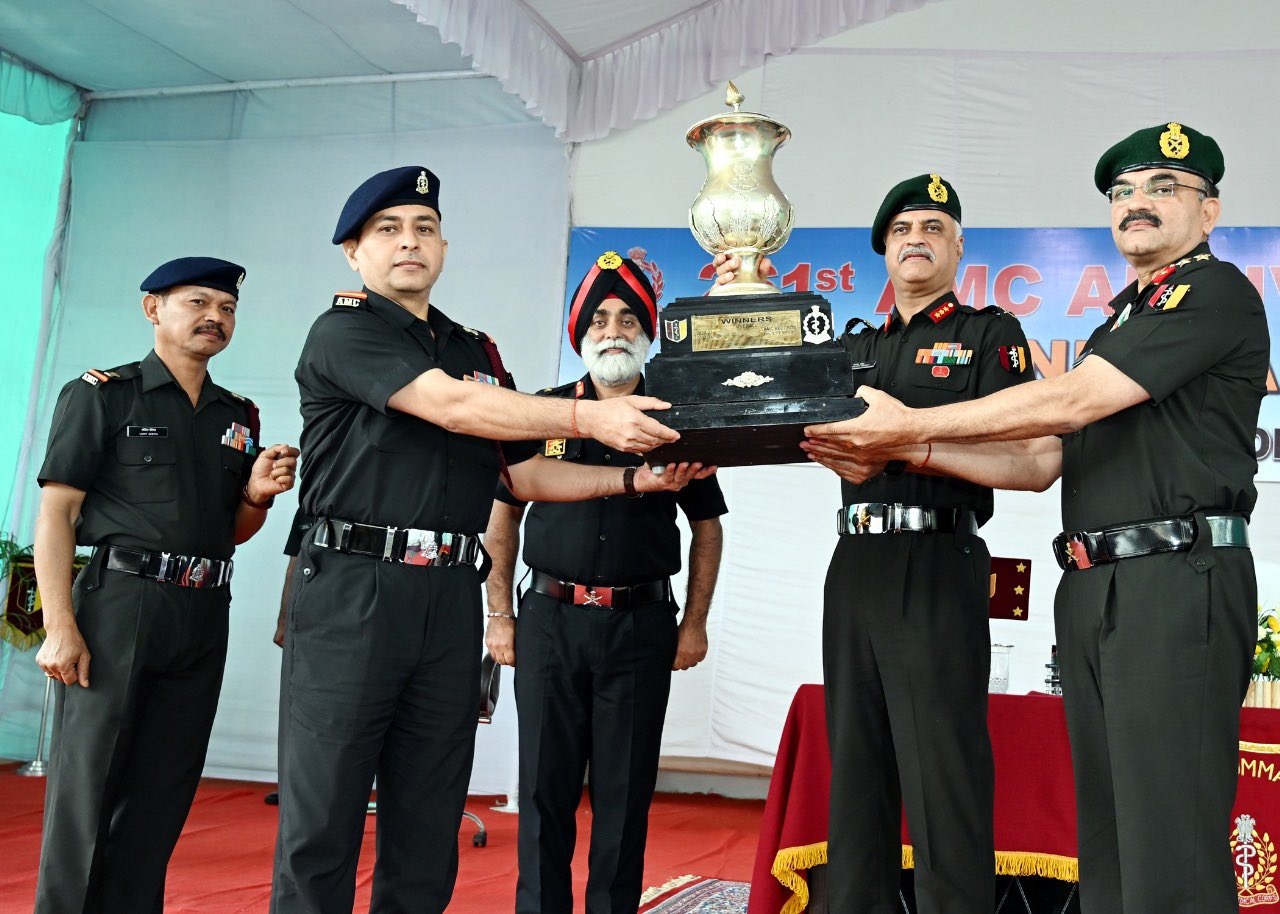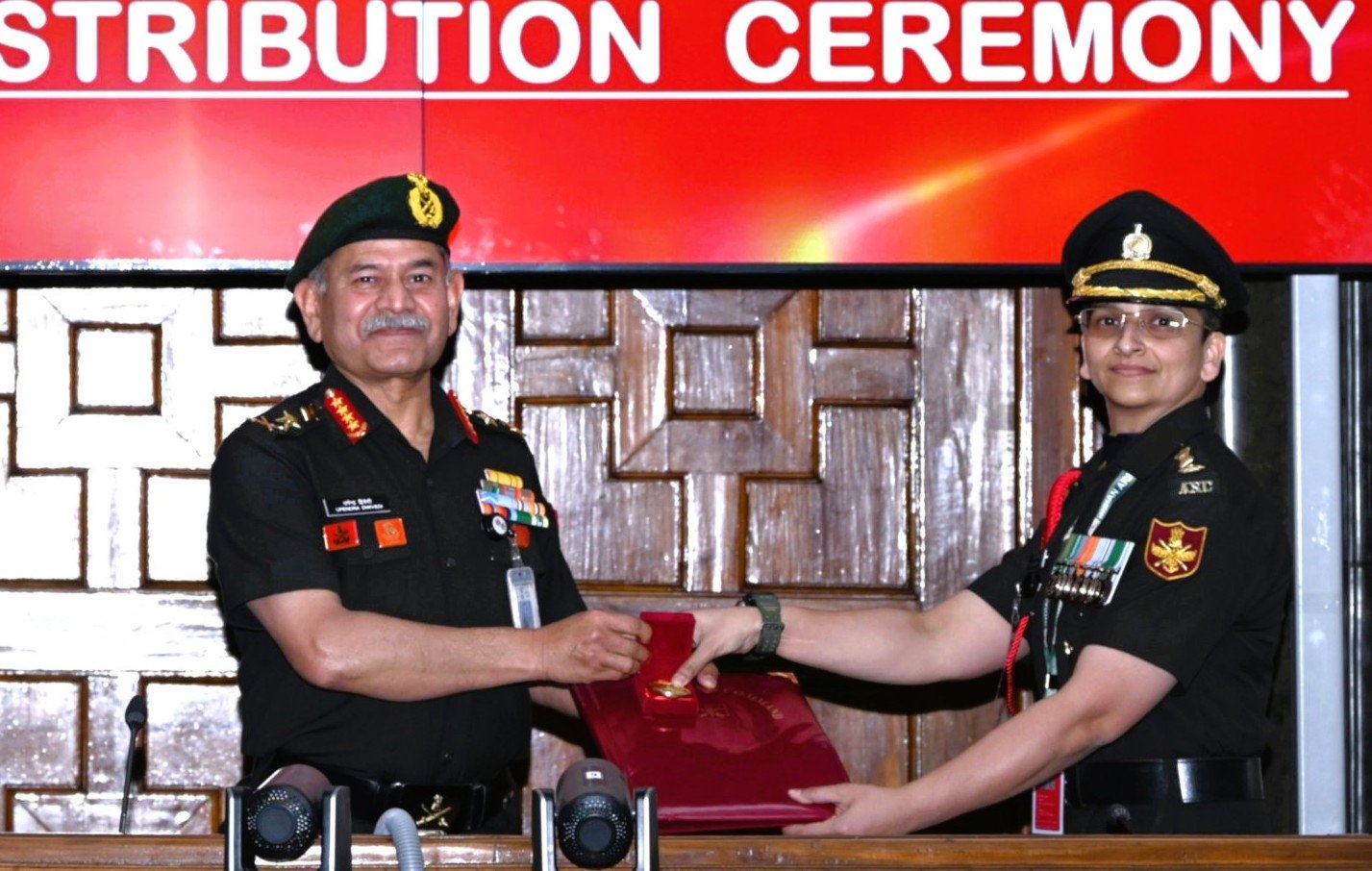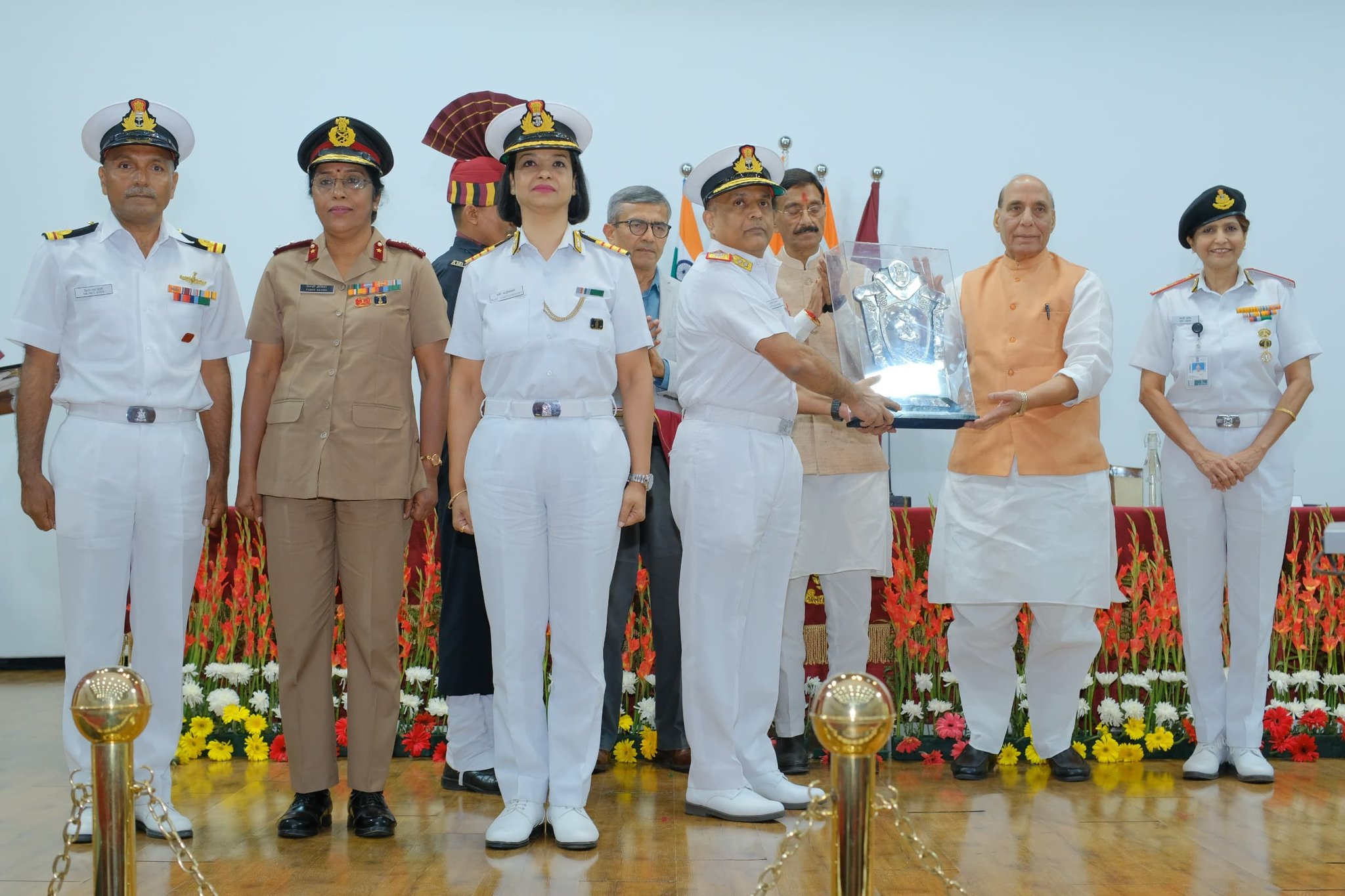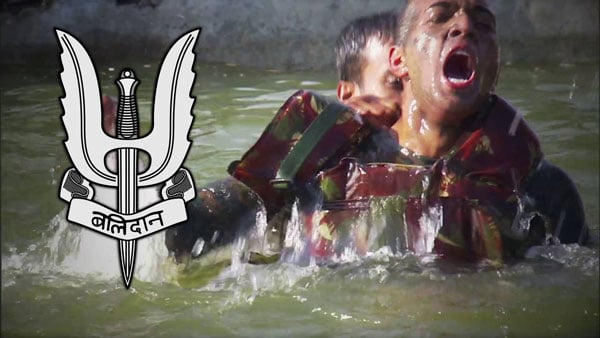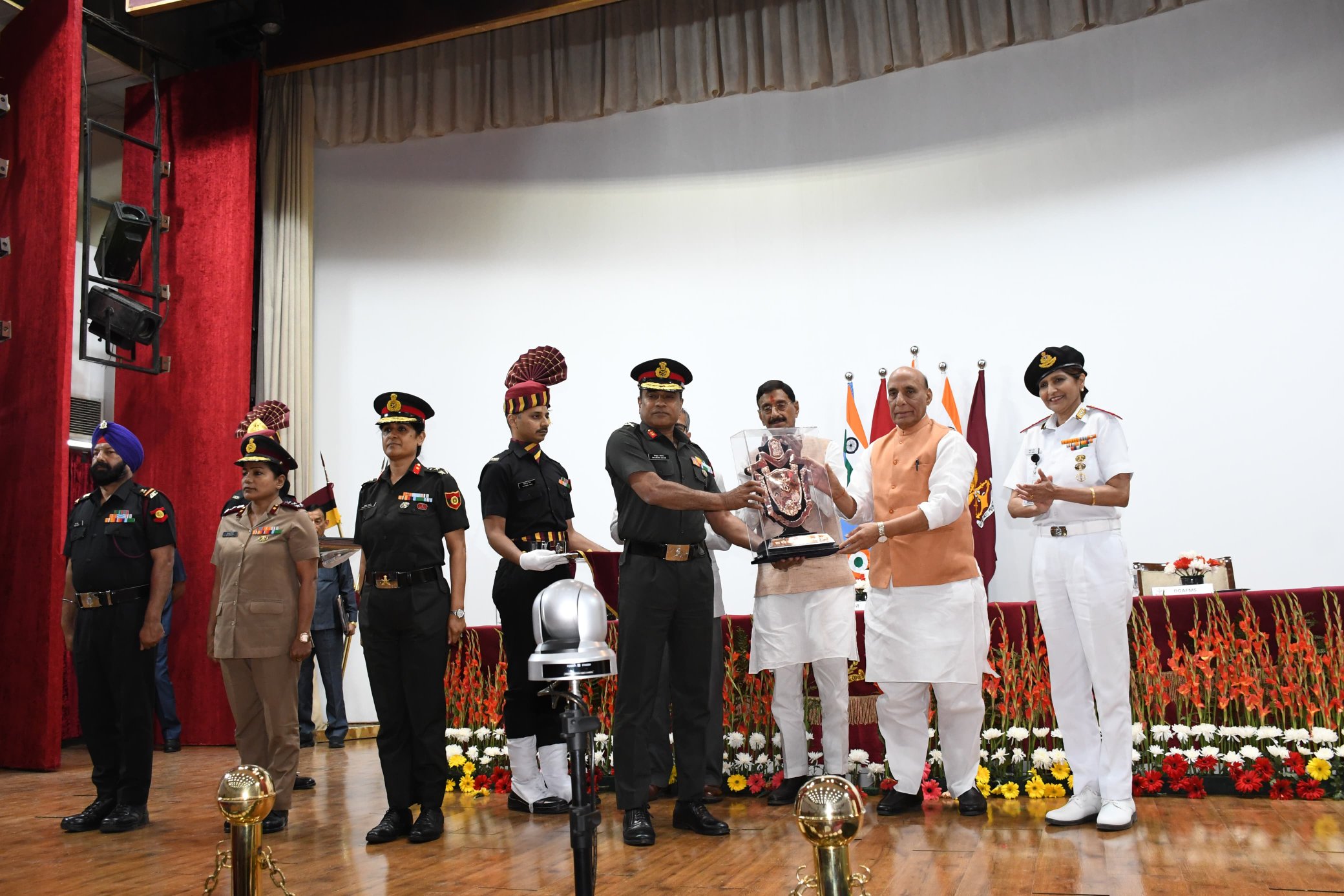In a poignant ceremony at INS Garuda in Kochi, the Indian Navy officially de-inducted a fleet of eight Searcher Mk II unmanned aerial vehicles (UAVs) after 22 years of dedicated service. This milestone event, which took place on December 10, marked the end of an era for a platform that significantly shaped the landscape of maritime reconnaissance and surveillance within the naval forces.
The Searcher Mk II UAV was a trailblazer when it was introduced, signaling the advent of unmanned technology in the Indian Navy. Over its operational lifespan, it played a crucial role in enhancing the capabilities of the Navy, transforming the methods of maritime monitoring and intelligence gathering, which was vital for national security and maritime operations.
The de-induction ceremony was presided over by Rear Admiral Upal Kundu, the Chief of Staff for the Southern Naval Command. In his address, he lauded the Searcher Mk II, acknowledging its contributions and the legacy it leaves behind. Admiral Kundu emphasized the significant advancements in technology that the UAV has inspired within naval operations and its role in paving the way for subsequent iterations of unmanned systems.
The event was attended by a gathering of senior naval officers, dignitaries, and veterans from the UAV squadron, alongside their families. Together, they celebrated and reflected on the remarkable impact the Searcher Mk II had on India’s maritime capabilities over two decades. Its service has left an indelible mark on the history of the Indian Navy, paving the way for future generations of UAV technology and operational strategies.
As the Indian Navy continues to evolve and adopt newer technologies, the farewell to the Searcher Mk II serves as a tribute to innovation and progress within the naval domain, highlighting the Navy’s commitment to enhancing its operational readiness and effectiveness in maritime security.

